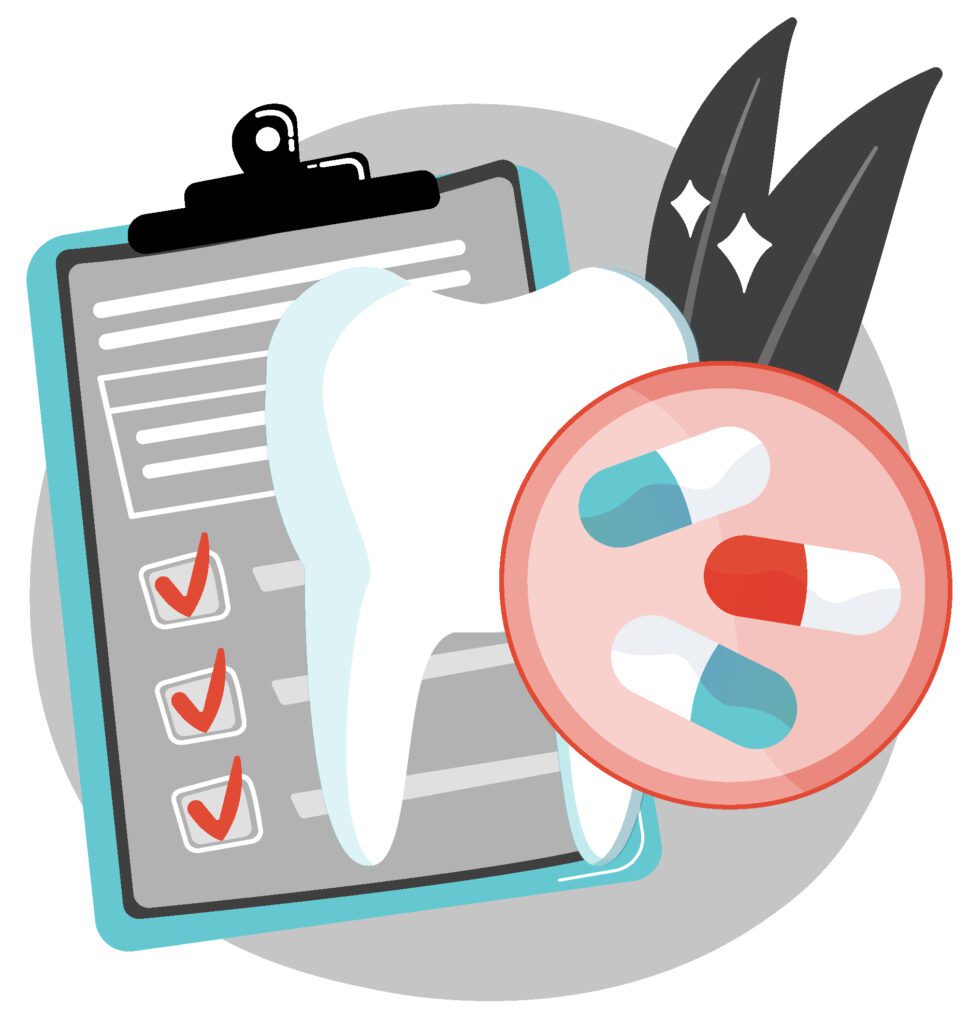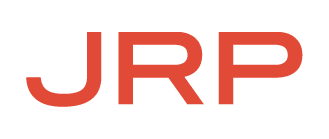
01 May Drug, Health & Dental Coverage – Insurance or Business Expense?
At JRP, we know that there are many aspects of your Group Benefits Program that are not clearly understood. It is our top priority to educate our clients so they are confident and informed about their benefits investment. This month we will shed some light on Alternative Funding Arrangements that will permanently reduce the cost to operate your plan, year after year.
Employee benefit plans can be configured in many ways, either through plan design or by funding model. A typical plan is comprised of four main categories, namely; extended health and dental care, disability insurance, life & critical illness insurance and employee wellness.
Traditionally, insurance brokers will often present these components as a package deal, under a funding model referred to as fully insured. In this environment, insurers charge a monthly premium on all of these components within the plan. Plan sponsors are also subjected to an annual renewal event, which is the insurers opportunity to set or adjust new rates over the next 12 months. For experience rated or non-pooled (no insurance) benefits like extended health and dental, if your claims exceed the projected usage for the year, your premiums will likely increase accordingly/proportionately. If your claims are lower than expected or targeted usage, your premiums or rates could still increase.
Although this type of plan works “just fine” for some companies, having an acceptable group plan is not the same as having the best solution strategically customized for your business and your employees.
Before we discuss other benefit plan funding alternatives, it’s important to consider the following question, “what is the purpose of insurance?” Insurance is intended to cover catastrophic financial loss due to sudden and unexpected events. Life Insurance, Accidental Death & Dismemberment, Long Term Disability, Out of Country Emergency and Critical Illness would all be qualified as components in your benefit program that require insurance.
So, where does that leave us with respect to extended health and dental care and employee wellness programs? These components are often referred to as insurance, but we believe that most health and dental claims within your benefits plan do not fall under the category of insurance. These claims are not the result of sudden and unexpected events with financially catastrophic outcomes, so why should you pay insurance premiums over and above the actual cost of these claims?

Have you ever paid insurance for oil changes to your car or to maintenance your furnace? These are expenses that can be planned for, scheduled and included in your monthly or annual budget. If you take a moment to review the items covered within your benefits booklet, you will see very quickly that there are numerous items that aren’t sudden or catastrophic. For example, dental cleanings, chiropractor visits, even some prescription medications are all items that you could consider as anticipated expenses that you can budget for and pay for each month. We call this type of funding structure, a Hybrid Pay-For-Use Model.
This ‘no insurance’ segment of your benefits can be set up directly with Pharmacy Benefit Managers (PBMs) or Claims Management firms (Eg. Claimsecure, Greenshield and Blue Cross). You will likely see one of these PBM’s on the back of your benefits card or phone app, because they are responsible for executing the claims payment of your existing program. To understand the supply chain, it’s important to know the different categories of benefit providers.
There are three categories of Benefit providers in Canada
- INSURANCE COMPANIES outsource their claims adjudication to PBMs (markup $$$).
- THIRD PARTY ADMINISTRATORS outsource their claims adjudication to PBMs (markup $$).
- PHARMACY BENEFIT MANAGERS (PBMs) are claims payment providers that carry out the administration component of health and dental claims (markup $).
To bypass the unnecessary layers of cost that are often incurred, we have negotiated the same adjudication contracts with PBM’s that historically were reserved for only traditional insurance companies and third party administrators. Buying direct with Pay-For-Use from your PBM for your drug, health and dental claims eliminates built-in premiums, rate increases and trend factors that are applied to insurance products. Without making any changes to your existing coverage, you will increase both financial and administrative efficiencies, while permanently reducing your fee structure by up to 60%! Most of our clients choose to redirect their savings to provide even greater compensation and rewards to their valued team members.
We often hear that people believe it’s far too risky to look at making changes to health and dental benefits, both to plan design and funding. This trepidatious response is the result of antiquated talking points that have been used in this industry for decades by insurance brokers to persuade businesses to keep their existing plans in place.
Let’s look at the facts of your health and dental coverage with insurance companies
- In all premium environments, insurance providers refer to the funding of health and dental benefits as ‘non-refund accounting.’ This is not insurance, it is an accounting function. In your contract you are essentially agreeing to an accounting practice, to allow your benefits provider to charge a premium that is 30% to 50% higher than your claims.
- An accounting function is defined as a procedure used to create and record business transactions. By definition, there is no insurance element in this function.
- Premiums must be set to support claims plus expenses. When premiums are set higher than claims plus expenses for the non-refund accounting of health and dental benefits, the insurance company keeps the difference and you will likely see very little change to your rates/premiums at renewal. If your claims exceed the set premiums, you will likely see proportionate increases at renewal, to allow your benefits provider to recoup their “losses.”
- Marketing your benefit plan and accepting rate guarantees as a strategy puts you in a compromising position. This tactic is an illusion that does nothing more than limit your future options, as most insurance companies will no longer quote if a group does not have a minimum of three years experience with one provider.
- Traditional brokers want you to believe that all aspects of your Group Benefits are far too complex and risky to be anything but insurance. Their goal is one-sided – they want to continue to receive their annual commission advance at renewal and see you once a year. At JRP, we know that your investment in benefits is far too significant to allow this cavalier approach to continue.
When you peel the onion of a non-refund accounting practice – you are leaving money on the table in years of low/stable usage, which are most years. And during an outlier year of high claims, you will receive likely large increases come renewal – and worse, based on three year weighting, the one year will follow you around for three.
Risk mitigation plays a critical part in our approach to structuring both plan design and funding arrangements. We have been helping businesses transition their benefit programs to a hybrid, Pay-For-Use model for over a decade and have the experience to know how to protect your financial risk and contain costs. We implement strategies that include stop-loss insurance with cautious maximums, generic drug alternatives, pharmaceutical subsidies through patient assistance programs and utilization of provincially funded healthcare.
We understand that change often comes with an element of stress because it’s outside our comfort zone. Risk tolerance is different for everyone and that’s why we encourage businesses to first implement a Pay-For-Use Model for their dental coverage. This flexible and gradual approach will afford you the opportunity to see how seamless the transition can be and we will help you to prepare your budget based on your company’s claims experience.
Traditional insurance brokers are highly incentivized and rewarded by insurance carriers to promote fully-insured plans. Brokers use short sighted tactics to reduce your premiums at implementation and renewal, but these strategies are not sustainable. Switching to JRP’s solutions & eliminating the most significant layer of cost in your current supply chain and will naturally improve your financial and administrative efficiencies. Our strategic advisory services will stretch the value of your group benefit dollars and permanently reduce your costs year after year.
YOU DESERVE MORE THAN YOU THINK®

